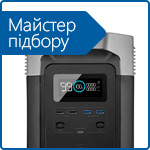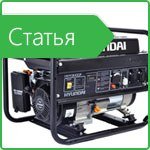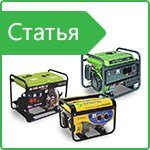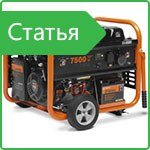All about solar panels: types, characteristics, application features
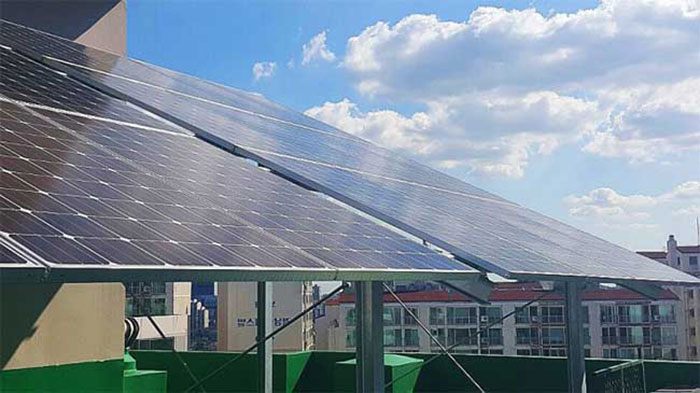
Alternative energy is becoming more and more popular every year. This is due to the fact that renewable sources are not exhausted, and their use has a positive effect on the environment. One of the areas of green energy is solar panels. These devices are actively used to ensure the operation of a wide variety of equipment and devices. They are practical and efficient. The scope of their application is quite wide, you can install a mini solar power plant for summer cottages and houses, as well as build a huge solar power plant that can provide energy to a factory or even a small city. Let's look at what solar panels are and what features they have.
What is a solar battery?
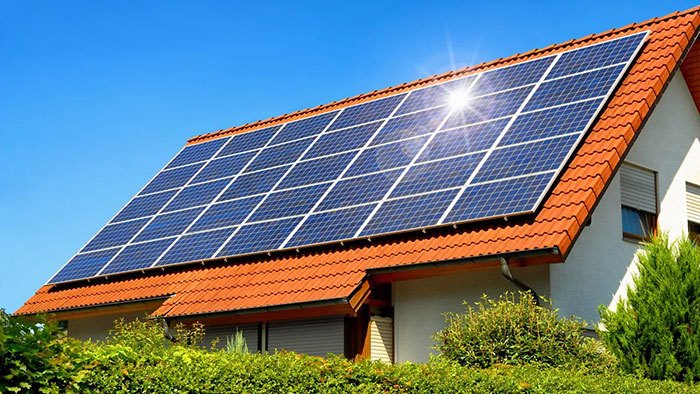
Solar panels are special devices designed to convert solar radiation into electrical current. According to the principle of operation, this device can be of two types: the principle of operation is based on the use of thermal collectors or photocells.
Solar collectors (thermal power plants) were the first to appear, their peculiarity is that electricity is generated by heating water to a temperature. That is, solar radiation is not used directly to generate energy, but only to heat water. In addition to water, oil or brine can also be used as a heat transfer fluid.
Devices of the second type are commonly called solar panels, these are the most modern models that have given impetus to the active use of solar energy. Photovoltaic cells are based on semiconductors, they have a flat design and are able to directly convert light and infrared radiation immediately into electrical energy. The process is called the photoelectric effect. The essence of the reaction is that a beam of light, falling on the surface of a semiconductor wafer, knocks out an electron, a potential difference arises and a sufficient number of free electrons are formed, which provide the occurrence of an electric current.
The first material used for the photoelectric reaction was selenium. However, he had a very low efficiency (<1%), so="" he="" was="" actively="" looking="" for="" a="" replacement="" when="" the="" silicon-based="" solar="" cell="" developed="" in="" 20th="" century="" cells="" began="" to="" be="" mass-produced="" until="" now="" silicon="" is="" most="" common="" element="" used="" panels="" p="">
Types of solar panels
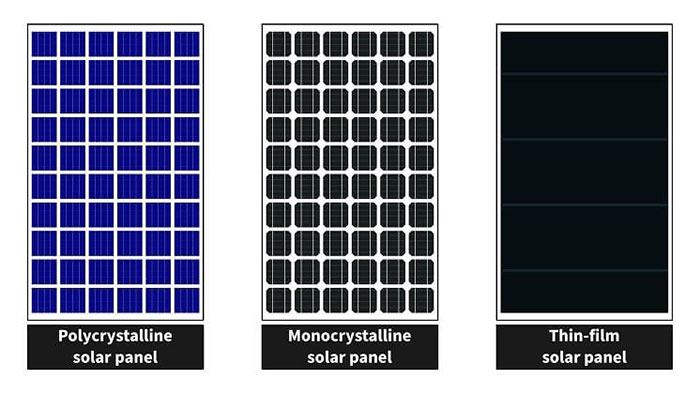
Three types of solar panels are currently being produced:
- Thin-film - they are based on a flexible photomodule, which contains about 50-100 times less silicon than in classical varieties. As a rule, here the element consists of amorphous silicon, indium and copper diselenide or cadmium telluride.
- Monocrystalline - panels of this type are based on monocrystalline silicon photomodules (that is, each element consists of a homogeneous silicon crystal).
- Polycrystalline - polycrystalline silicon modules are used as the basis here (the elements include many heterogeneous silicon crystals with a small amount of impurities).
Comparison table of different types of panels
| Features of the panels | Thin-film | Monocrystalline | Polycrystalline |
| KPI | 12% | 25% | 20% |
| Cost | minimum value | maximum value | cheaper than mono- |
| Operating time | Up to 3 years | 25-25 years | 20 years |
| Weight | lightest | heaviest | lighter than mono- |
| Required area to generate 1 kW | 8 m2 | 7 m2 | 18 m2 |
| Angle of incidence of sunlight | - | 90 degrees | - |
| Scope of application | (for home) | (for home / industrial tracker) | (industrial stationary) |
Technical parameters, what to look for when choosing a panel
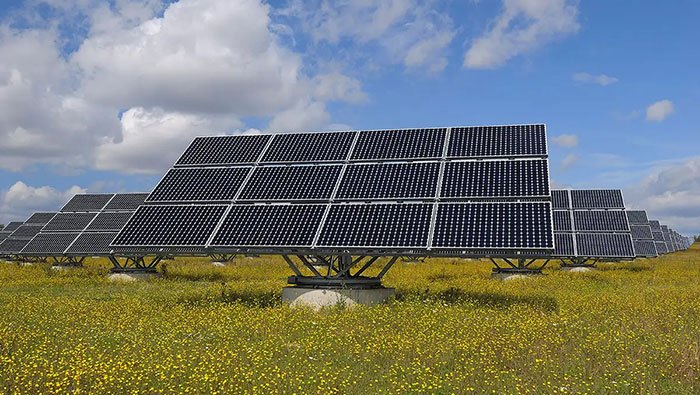
When choosing a portable solar panel, be sure to check the following parameters:
- Temperature coefficient - characterizes the change in electricity generation, taking into account changes in ambient temperature by 1 degree. The lower this indicator, the less the solar battery reacts to temperature fluctuations, that is, energy production will be more stable.
- Guaranteed output - it is natural that over time the power of the panel will decrease, but there is a deadline during which the change in efficiency will not exceed 5-10%, it must be taken into account.
- Physical Size – When limited by rooftop or land area, the height, width and length of the solar panel is of great importance.
- Rated power is one of the main indicators that it, which characterizes the amount of electrical energy that a particular panel can produce. Power, as a rule, ranges from 100 to 320 watts.
- Deviation of the rated power - as a percentage, it makes it clear how much the level of output power can fluctuate from the parameter declared by the manufacturer. Let's say that the panel is indicated to have a power of 250 W, and the deviation is ± 10%, that is, it will actually produce power in the range from 225 to 275 W.
The use of solar panels in everyday life and industry
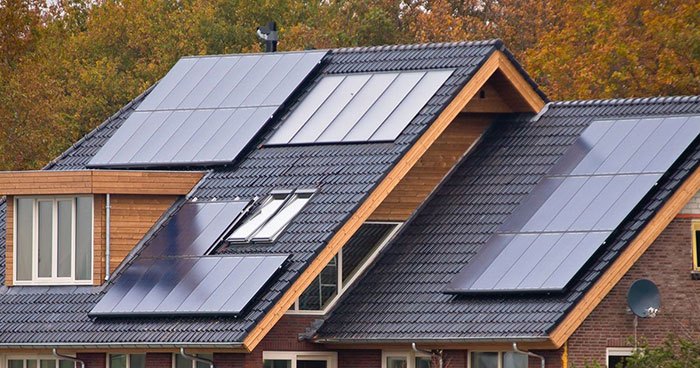
Today, solar panels of various types are actively used in various fields, for example:
- Industry - panels are installed on the roofs of buildings or in open areas of a large area. The generated energy is quite enough to power the enterprise, and the surplus can be transferred to the general network and receive additional profit.
- A solar power plant for the home - this is no surprise to anyone, with their help several tasks are solved at once: providing the house with electricity, there will be no more power outages, and you can also sell the surplus at the "green tariff", which is quite profitable.
- Solar panels for summer cottages are an excellent solution where there is no possibility of connecting to a centralized power line.
- High-rise buildings - the city can also use solar energy efficiently, portable solar panels can be installed on rooftops or even on a balcony. This will significantly save on utility bills and become autonomous.
- Space - in this area, solar panels are indispensable, they provide the possibility of uninterrupted operation of aircraft in space. Please note that the purity of silicon in such panels reaches 99.999%. Thanks to this, it was possible to increase the efficiency up to 40%, unfortunately, this is not yet possible to achieve in terrestrial conditions.
- Yachts and boats - the use of solar panels at sea allows you to provide all the systems of the vessel and the needs of the crew for electricity.
A variety of lighting systems can also operate due to solar energy: streetlamps, billboards, illumination of bus stops, bike paths, benches in the park, etc.
As for the types of batteries used, then everything is quite simple. If you are planning to buy solar panels for your home, then it would be best to choose monocrystalline or thin film panels. Polycrystalline panels are suitable for large industrial facilities.
If you want to buy a solar panel in Kyiv, Odessa or Kharkov, then in the online store 130.com.ua you will find a large selection of models at an affordable price with delivery throughout Ukraine.
















